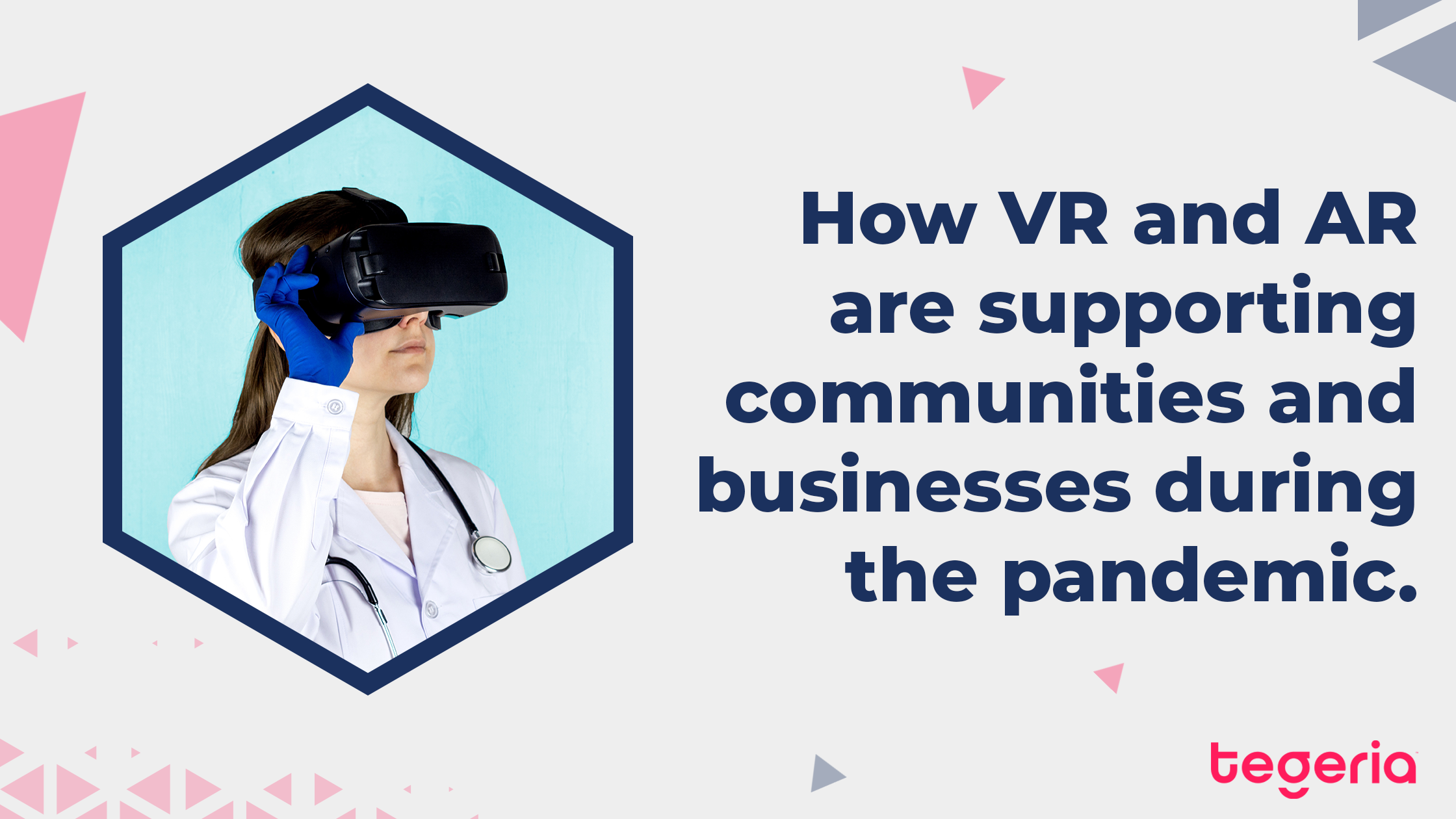CRM and Data Science- creating new opportunities for sales and marketing
Every day, data science is playing a more and more important role in many areas of society. One particular sector that we want to focus in this article is the way that it can enhance the efficiency and productivity of the customer relationship management lifecycle.
The concept of CRM and that of big data should obviously go hand-in-hand but surprisingly, many companies have still not made this technology a part of their marketing toolkit. This is due to a number of reasons including not fully understanding how data science can be used to engage clients and how the potential improvements can be quantified.
So much data
Most businesses struggle to manage the amount of data that they have- leads, prospects, customers, sales- it can be difficult to organise and to decide what to prioritise. Furthermore, important data is usually spread across a number of different departments such as sales, marketing, and customer service, and more often than not, it is kept separate.

To combat this, a good data science algorithm can really help a business to make sense of it all. It can literally comb through an untold amount of data and then digest it to isolate the right prospect at the right time. It is also able to provide context which is needed to improve the efficiency of the sales department. Using this algorithm in conjunction with a CRM means that customer relationship, past purchases, likes, dislikes, and many more criteria can be crunched and presented in easily actionable information.
What’s the value
So how can data science technology be used to measure how a business is doing, in terms of marketing and sales? This process should involve keeping track of both the effectiveness of algorithms on business outcomes, as well as any improvements in effectiveness when users follow the recommendations that the system presents. Examples of metrics that can be tracked include:
- Increase in the number of new customers
- Conversion rate of leads prioritised by data-science algorithms
- Whether purchases are made by existing customers based on recommendations, including the probability that they will make another purchase in X amount of days.
- The success rate of recommendations by the data science engine
- The effectiveness of system-generated attrition warning systems for customers who have been flagged.
The value of the data science engine or algorithm becomes even more obvious when it is compared to a previous environment where no process or method was in place to determine the next action for any given customer. In cases such as this, what you do next is a highly reactive decision, usually triggered by customer events or the best guess of sales and marketing staff. To gauge the true impact of the data science algorithm, a company should keep track of these same metrics against statistics from before such a mechanism was introduced.
In conclusion, data science offers the untold potential for a wide range of possibilities when managing your customers experience. Sales and marketing teams are able to make informed, data-driven decisions on how to deploy their resources, as well as how they engage prospects and customers. By utilising data science in CRM, reliance on gut-based decision making can be reduced, and accuracy starts to take centre stage.




